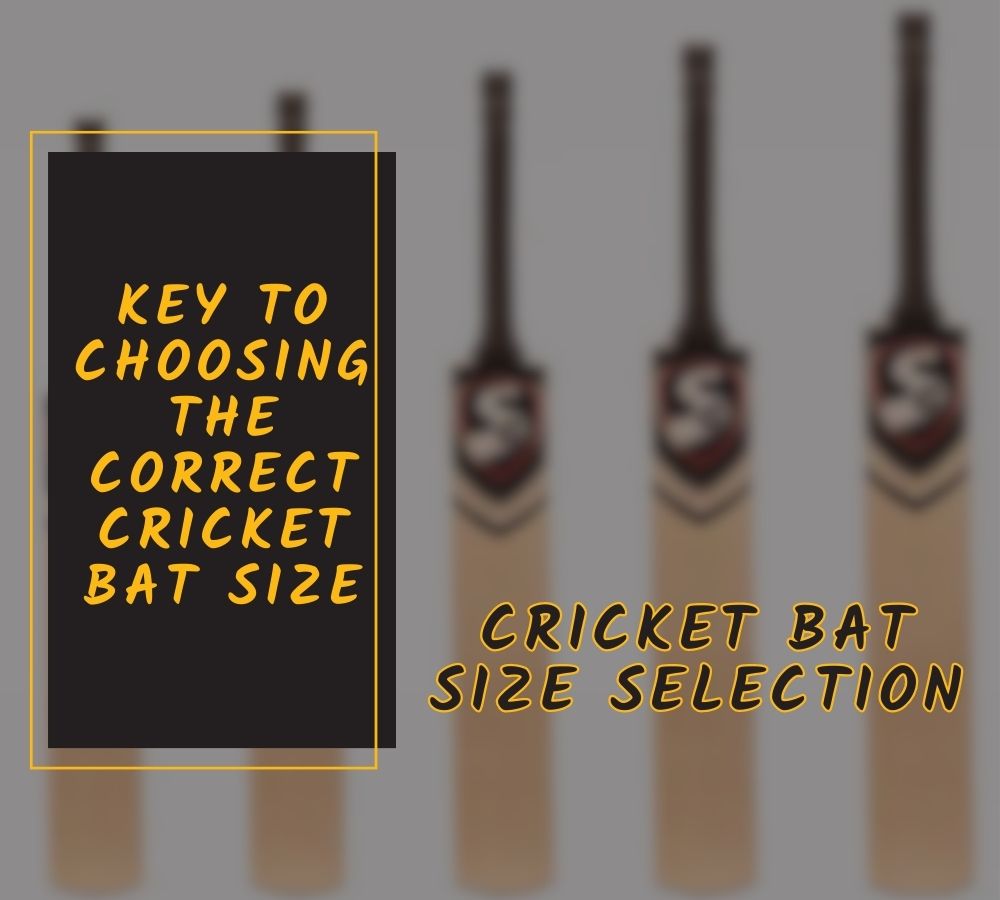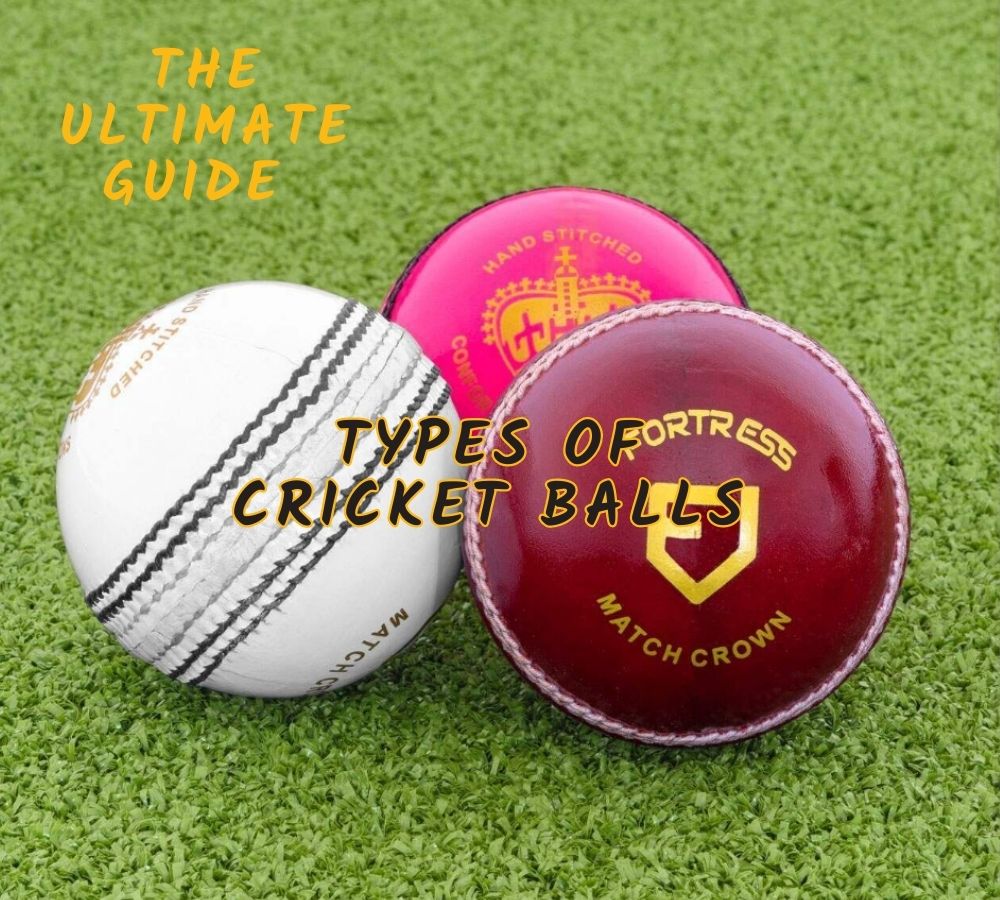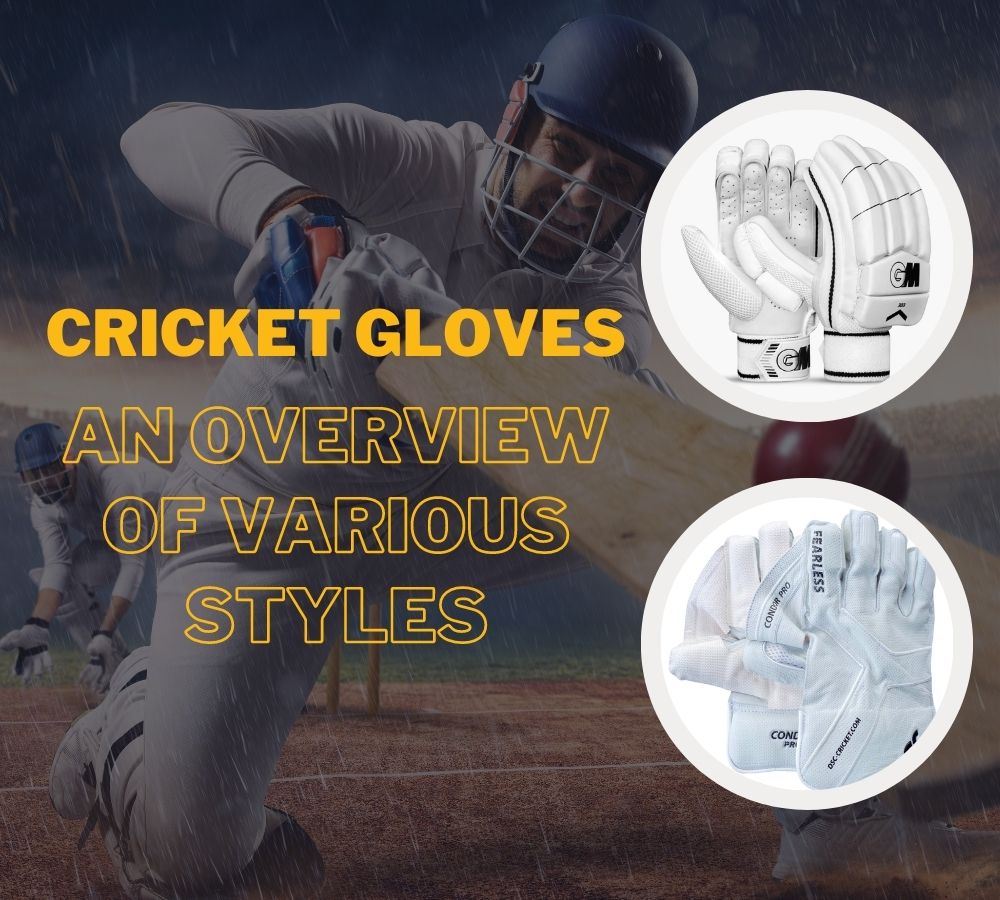When watching a game of cricket, you may have noticed players positioned strategically across the field.
These positions play a vital role in the art of fielding and contribute to the overall dynamics of the game.
Understanding cricket fielding positions is key to appreciating this captivating sport’s tactical nuances and teamwork.
In this article, we will delve into the world of cricket fielding, exploring the various positions, their roles, and how they impact the game.
Whether you are a novice or a seasoned cricket enthusiast, this guide will provide a comprehensive understanding of cricket fielding positions and deepen your appreciation for the game.
Basics of Mastering the Art of Cricket Fielding Positions
To navigate the vast expanse of the cricket field, fielders are strategically positioned into three distinct zones: the close-catching infield, the inner ring, and the outfield.
Understanding the dynamics of each zone is essential for players seeking to excel in the art of fielding. Let us dive into the basics of these cricket fielding positions and unravel their significance.
1. Cricket Fielding Positions in the Close-Catching Infield:
The close-catching infield is where the action unfolds near the batsman. These positions, typically within 15 yards of each other, require specialized catching skills.
Fielders in this zone aim to snatch catches and create dismissal opportunities, focusing less on saving runs. Slip, gully, leg slip, and silly point are examples of positions that keep the pressure on the batsman with their sharp reflexes and nimble footwork.
2. Cricket Fielding Positions in the Inner Ring:
Moving slightly further from the batsman, we enter the domain of the inner ring. Fielders in this region, positioned approximately 30 yards from the batter, play a crucial role in preventing singles and restricting the flow of runs.
These positions demand agility, anticipation, and quick reactions. Whether it’s cover, point, or midwicket, fielders in the inner ring must be well-balanced, ready to pounce on the ball and cut off scoring opportunities.
3. Cricket Fielding Positions in the Outfield:
Expanding beyond the inner ring, we enter the vast outfield, encompassing the remaining zones up to the boundary. Fielders primarily focus on thwarting boundary shots and limiting the batsman’s scoring options.
This region, represented by the largest circle on the field, requires excellent fielding skills, ranging from accurate throws to agile boundary-line saves. Positions like long-on, deep point, and deep midwicket showcase the athleticism and anticipation needed to protect valuable runs.
By comprehending the intricacies of these cricket fielding positions, players gain a deeper understanding of their roles and contributions to the game. The close-catching infield aims for wickets, the inner ring aims to curtail singles, and the outfield seeks to foil boundary shots.
Detail Review of Cricket Fielding Positions in Close Catching Infield
In the close-catching infield of cricket, several fielding positions are specifically designated to maximize the chances of taking catches or effecting dismissals. Let’s explore and understand the roles of these positions:
1. Wicketkeeper:
Positioned behind the wickets, the wicketkeeper is an essential player in the close-catching infield. They stand right behind the stumps and wear gloves to catch the ball delivered by the bowler. The wicketkeeper is responsible for catching edges, attempting stumpings, and providing vocal support to the bowler and fielders.
2. Slips:
The slip positions are located to the side of the wicketkeeper, usually in a line behind the batsman’s position. Slip fielders are typically stationed to catch edges produced by the batsman’s shots. Slip positions are numbered from the first slip (closest to the wicketkeeper) to the second, third, and so on.
3. Gully:
Positioned beside the slips, the gully is another catching position that aims to intercept edges from the batsman. The gully fielder is slightly wider than the slips, often standing at an angle to cover shots played square of the wicket.
4. Leg Slip:
Leg slip is a specialized catching position between the batsman and the wicketkeeper on the leg side. This position is used when the bowler targets the leg side and tries to induce an edge from the bat to the leg slip fielder.
5. Leg Gully:
Similar to a leg slip, a leg gully is a fielding position that combines elements of both slips and gully. It is located on the leg side but slightly wider than the leg slip, aiming to catch shots directed towards the leg side but slightly wider than the leg slip’s reach.
6. Silly Point:
Positioned very close to the batsman, almost in front of or slightly to the offside, silly point aims to catch shots played in that direction. This position requires great reflexes and courage due to the proximity to the batsman.
7. Silly Mid-off:
Silly mid-off is a fielding position placed close to the non-striker’s end on the offside. It is similar to a silly point but positioned on the off side of the pitch. The fielder in this position tries to intercept shots played in that direction.
8. Short Leg:
The short leg is a fielding position in which the player stands close to the batsman on the leg side. The fielder in this position aims to catch shots played to the leg side and are likely to be directed toward the short leg area.
9. Silly Mid-on:
Silly mid-on is positioned close to the batsman but on the side of the pitch. Like a silly mid-off, the fielder at this position tries to intercept shots played in that direction.
These close-catching infield positions require exceptional reflexes, quick hands, and a keen eye for anticipating edges or sharp catches. Fielders in these positions are poised to capitalize on any opportunities to dismiss the batsman, making them integral parts of the fielding strategy in cricket.
Detail Review of Inner Ring Cricket Fielding Positions
In the inner ring of cricket fielding positions, fielders are strategically placed to stop the batsmen from taking quick singles and deter them from scoring runs freely. Let’s explore the roles of the positions you mentioned within the inner ring:
1. Point:
Point is a fielding position on the off side, roughly perpendicular to the batsman’s position. It is located behind the square area on the offside, between the cover and the backward point. The fielder at point aims to cut off shots played in that direction and prevent the batsman from scoring runs through that area.
2. Backward Point:
The backward point is positioned slightly behind the point and closer to the boundary. This fielding position covers shots played square of the wicket on the offside. The fielder at the backward point acts as a backup to the point fielder and provides additional coverage in that area.
3. Mid-Off:
Mid-off is an inner ring fielding position on the off side, directly in front of the non-striker’s end. The fielder at mid-off tries to prevent the batsman from hitting the ball in the direction of mid-on, forcing them to play more towards the off side.
4. Cover:
The cover is located on the offside, between point and mid-off. The fielder at the cover is responsible for cutting off shots played on the offside and stopping the batsman from scoring runs in that region.
5. Mid-On:
Mid-on is positioned on one side, directly in front of the striker’s end. The fielder at mid-on aims to restrict the batsman from hitting the ball in the direction of mid-off and encourages shots toward the leg side.
6. Square Leg:
The square leg is a fielding position on the leg side, roughly square of the wicket. The fielder at square leg prevents the batsman from scoring runs in that area and is particularly positioned to intercept shots played square of the wicket on the leg side.
7. Backward Square Leg:
The backward square leg is located slightly behind the square leg, closer to the boundary. This position covers shots played square of the wicket on the leg side and provides additional protection in that area.
8. Mid-Wicket:
Mid-wicket is positioned on the leg side, between square leg and mid-on. The fielder at mid-wicket aims to cut off shots played towards that region and restrict the batsman from scoring runs in that direction.
9. Fine Leg:
Fine leg is a fielding position on the leg side, closer to the boundary behind the batsman’s position. The fielder at fine leg focuses on intercepting shots played fine or down the leg side, preventing the batsman from scoring runs in that area.
These fielding positions in the inner ring require alertness, quick reflexes, and the ability to anticipate the batsman’s shots. Fielders in these positions aim to create pressure, restrict scoring opportunities, and contribute to the overall fielding strategy of the team.
Detail Review of Outfield Cricket Fielding Positions
In the outfield of cricket, fielding positions are strategically placed to prevent the batsmen from hitting boundaries and to restrict their scoring opportunities. Let’s explore the roles of the positions you mentioned within the outfield:
1. Third Man:
The third man is in a fielding position near the boundary on the offside, behind the batsman’s position. The fielder at third man aims to cut off shots played fine toward the boundary on the offside, preventing the batsman from scoring boundaries in that direction.
2. Deep Point:
The deep point is positioned deeper and closer to the boundary than the regular point fielder. This fielding position covers shots played square of the wicket on the off side that is hit with significant power, ensuring that the ball does not reach the boundary.
3. Deep Backward Point:
The deep backward point is located deeper and closer to the boundary compared to the backward point fielder. This position provides additional coverage for shots played square of the wicket on the offside, especially those hit towards the backward point region.
4. Deep Extra Cover:
Deep extra cover is a fielding position positioned deeper and closer to the boundary than the regular extra cover fielder. The fielder at deep extra cover aims to intercept shots hit powerfully in the area between the cover and long off, preventing boundaries in that region.
5. Long Off:
Long-off is positioned near the boundary on the offside, straighter than mid-off. The fielder at long off aims to cut off shots and hit straight down the ground, preventing them from reaching the boundary.
6. Deep Fine Leg:
The deep fine leg is a fielding position near the boundary on the leg side, behind the batsman’s position. The fielder at deep fine leg focuses on stopping shots played fine towards the boundary on the leg side, ensuring that they do not result in boundaries.
7. Long Leg:
The long leg is located near the boundary on the leg side, slightly wider than the fine leg position. The fielder at long leg aims to intercept shots hit towards the leg side, preventing them from reaching the boundary.
8. Long On:
Long-on is positioned near the boundary on the one side, straighter than mid-on. The fielder at long on aims to cut off shots hit straight down the ground on the one side, restricting the batsman from scoring boundaries in that area.
9. Deep Cover:
The deep cover is a fielding position deeper and closer to the boundary compared to the regular cover fielder. The fielder at deep cover aims to cover shots hit powerfully in the area between the cover and long off, preventing boundaries in that region.
These outfield fielding positions require excellent anticipation, speed, and the ability to cover large distances quickly. Fielders in these positions play a crucial role in preventing boundaries and limiting the batsman’s scoring opportunities, contributing to the overall fielding strategy of the team.
Conclusion
In conclusion, cricket fielding positions play a vital role in the game, contributing to the overall strategy and success of a team. Each fielding position has a specific purpose, whether it is to take catches, prevent runs, or protect the boundaries.
Understanding and recognizing the various fielding positions enable fans and players alike to appreciate the intricacies of the sport. Fielding not only complements the efforts of the bowlers but also contributes significantly to the outcome of a match.
So, the next time you watch a cricket match, keep an eye on the fielding positions, the player’s movements, and their efforts to create opportunities for their team. The fielding aspect adds an exciting dimension to the game, making cricket a truly thrilling and dynamic sport.
Some Frequently Asked Questions
Q. How many fielding positions are there in cricket?
A. In the sport of cricket, one of its distinctive aspects is that the captain of the fielding team possesses full authority over the fielding positions. With a total of 35 different fielding positions available, the captain has the flexibility to strategically deploy players to prevent the opposing batter from scoring runs or to attempt to dismiss them.
Q. What does 45 mean in cricket?
A. In cricket, there are two interesting fielding positions with distinctive names. “Cow corner” is a humorous term used to refer to the area on the boundary between deep midwicket and long on.
It’s a light-hearted way to describe a specific fielding position. Another position known as “on the 45” is located on the leg side, positioned at a 45° angle behind the square.
This fielder is strategically placed to defend against easy singles. Both these positions showcase the creativity and diversity of fielding strategies in the game of cricket.
Q. Can you have 6 fielders on the leg side?
A. In cricket, there are specific rules regarding fielding positions. One such rule is that a maximum of five fielders can be positioned on the leg side at any given time. This restriction ensures a balanced field setup and encourages fair play.
Additionally, during the first two overs of an inning, there is a powerplay period where only a maximum of two fielders are allowed outside the 30-yard circle. This powerplay rule adds an element of excitement and strategic decision-making to the game, creating interesting dynamics between the batting and fielding teams.
Q. How many slips are allowed in cricket?
A. These fielding positions are strategically positioned to maximize the chances of catching an edged ball that goes beyond the wicketkeeper’s reach. Teams often utilize two or three slip fielders, numbered in order of proximity to the wicket-keeper: first slip, second slip, and so on. The primary objective of these slip fielders is to react quickly and take a clean catch if the batsman edges the ball.




